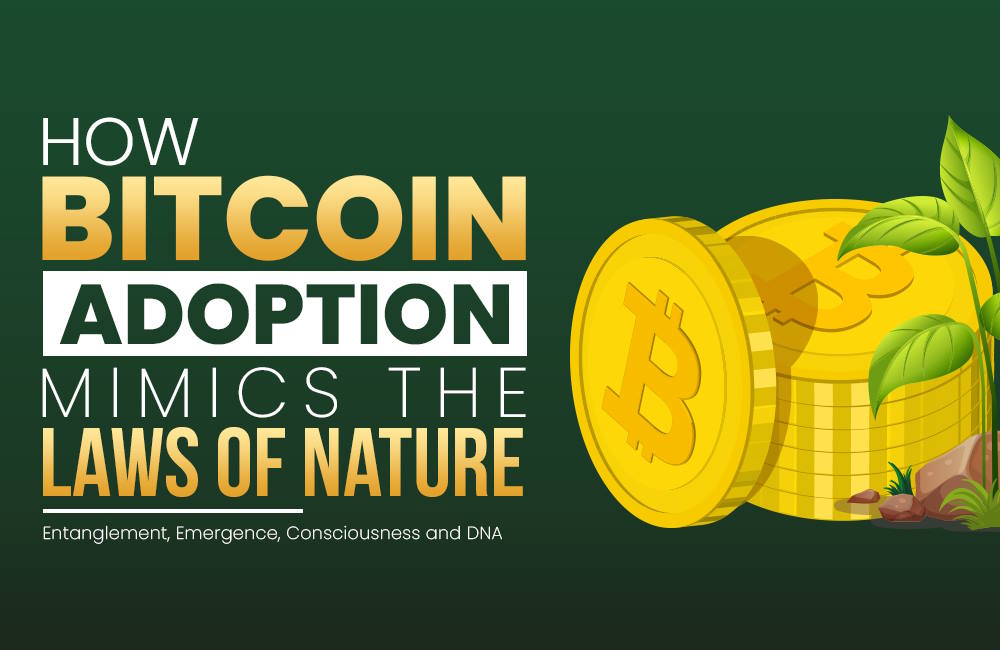
What we're talking about:
UTXO for Beginners
Trying to figure out Bitcoin can be confusing. Like most things in life though, breaking a complex subject down into bitesize nuggets makes it easier to digest. One of the biggest headscratchers in Bitcoin is the Unspent Transaction Output (UTXO) model which serves as the backbone for the entire electronic cash system.
Don’t worry, you don’t need to be a blockchain developer to figure this one out. Let’s see what these coins are made of.
What is Electronic Cash?
Satoshi Nakamoto introduced Bitcoin as a form of peer-to-peer electronic cash. Let’s think about that for a moment. The electronic part is fairly straightforward, we’re talking about a digital currency here, there are no physical bitcoin.
How about peer-to-peer? Well, that signifies that people can transact directly between each other, without the need for intermediaries to play referee; this is the decentralization aspect that makes Bitcoin so robust.
What about cash? How does regular cash differ from the money in your bank account? Well for starters, you need to hold and count the cash yourself. This is done manually by counting every single note and coin in your wallet or piggy bank. Log into your bank account and the balance is there on the screen waiting for you. Hold onto this thought.
Bitcoin operates as an autonomous digital cash system, keeping note of every single transaction on the network. The individual transactions are built from building blocks known as UTXOs. Whereas banks may rely on overnight settlements to reflect the changes in customer balances, UTXOs come and go with every single transaction.
So, What Is a UTXO?
UTXO stands for Unspent Transaction Output but that probably doesn’t help you much. Let’s break it down further:
- Unspent (U): money that has yet to be spent
- Transaction (Tx): an interaction on the blockchain
- Output (O): the amount resulting from a previous transaction
In order to carry out a transaction, you need an input (money to send) and an output (money that’s received plus any change that’s returned). The input in this case would be one or multiple UTXOs left over from previous transactions, just like those coins and notes in your pocket which have been used numerous times for other transactions.
Let’s say you hold two UTXOs in your Bitcoin wallet: 0.2 BTC and 0.5 BTC. You wish to make a purchase for 0.6 BTC. Both UTXOs will be used (spent), sending 0.7 BTC out of your wallet. 0.6 BTC is sent to the recipient, leaving 0.1 BTC over. The miner who processes the transaction will take their cut, let’s say 0.001 BTC for the sake of simplicity, returning 0.099 to your wallet. The sender and receiver each have a new Unspent Transaction Output in their respective wallets: 0.6 BTC and 0.099 BTC. Note that the previous UTXOs have now been consumed, or spent.
Linking unique UTXOs to every single digital cash transaction helps Bitcoin avoid the dreaded double spend problem that would otherwise subject its coins to rampant duplication and manipulation.
Bitcoin Receiving Addresses
Cash out, change in return. Simple right? It is indeed a simple analogy if you use one receiving address but Bitcoin allows you to have multiple receiving addresses, linked to a single private key.
Think of your Bitcoin account as a house. You have a private key to get into your house, but after you’ve been out shopping, you might put your purchases into different rooms (clothes in the bedroom, food in the kitchen, tools in the garage). One private key gives the user access to multiple public receiving addresses.
Looking up a receiving address on a public blockchain explorer will only show you the amount of BTC for the UTXO history of that specific address, as explorers do not have access to a user’s private keys. This private key is stored securely in your wallet. The wallet does the work of counting UTXOs to calculate a total amount; just as you would do upon smashing open your piggy bank.
Distributed account-based systems display the total amount held in an account. As a transaction-based system, Bitcoin maintains privacy by allowing users to spread their UTXOs across multiple receiving addresses.
A Word on Bitcoin Fees
Here’s a handy tip: don’t flood your wallet with lots of small transactions.
Have you ever paid for something with a jar full of pennies? It takes time to count them all out. Bitcoin miners will also take their time to calculate all those small UTXOs and will charge you extra for doing so. You could even find yourself in a position where the fee is equal to or larger than the small amount you wish to send!
If regular micropayments are part of your bitcoin strategy then you might want to consider moving a portion of your holdings to a dedicated payment layer, such as the Lightning Network. The more bitcoin you accumulate, the more UTXO management will become relevant to your strategy.
Don’t Be Overwhelmed
Building an autonomous, verifiable alternative to the fiat banking system was never going to be easy. Getting it right, however, returns sovereign power to the individual and is a cause worth fighting for. The responsibility of becoming self-sovereign may seem daunting at first but little by little, through small bouts of study and practice, your Bitcoin journey can prove to be a very enlightening experience.
Take UTXOs for example. Adding up all the UTXOs in the system allows any person in the world to independently verify the exact supply of Bitcoin. Try that with dollars!
What we're talking about:







